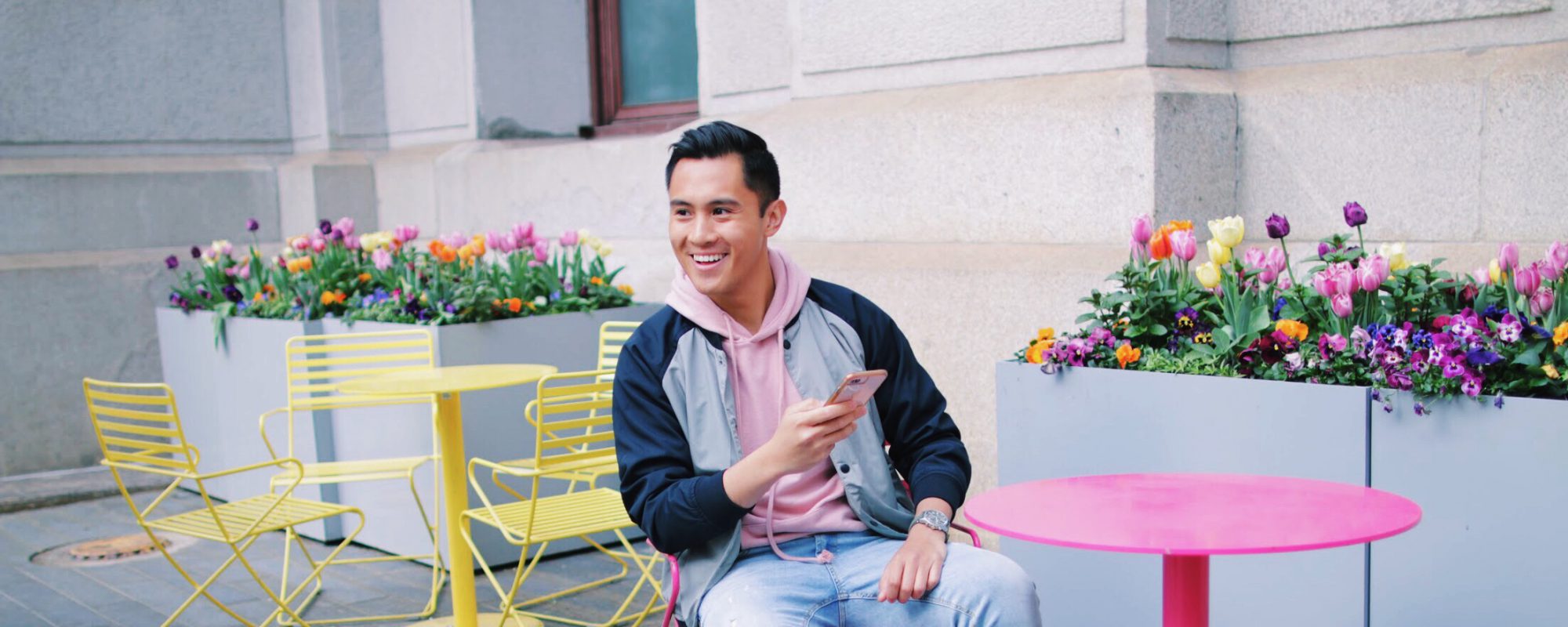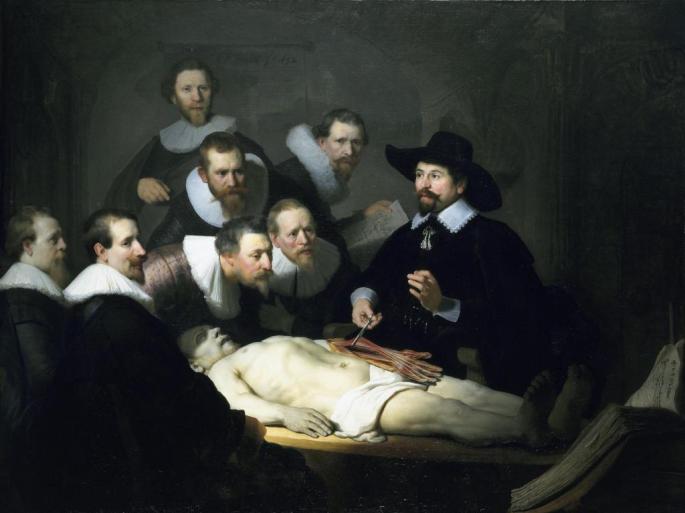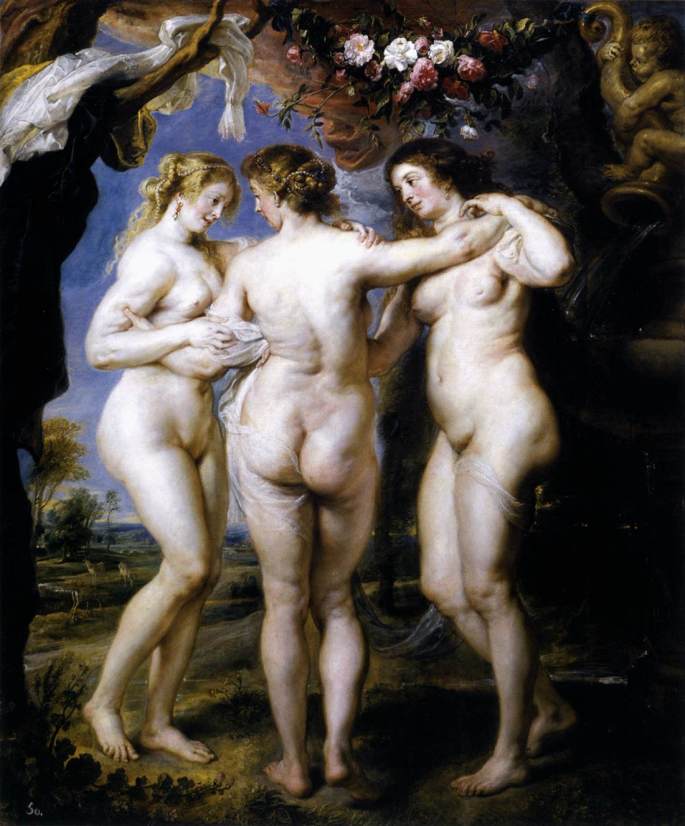“All is flux and nothing stays still.” – Heraclitus, 500BC
This blog post has been waiting a long time to be written. Since my last post in November, this idea existed only as a text document silently blinking in the corner of my laptop, a mess of jumbled ideas and half-thoughts impeded by my Block 4 burnout. Little by little, I’ve been adding to it, hoping for the day that I could finally muster up the inspiration to add form and substance to my ideas. Well, today is that day. And like all good ideas, it comes right before a busy week of a TBL, administrative meetings, presentations, and the start of the Infectious Diseases block.

The theme of this entry is transformation. Quite paradoxically, transformation has been the one constant that I’ve noticed over the past few weeks (my existential rambling will be explained shortly). To put everything into context, our past month was spent on a course called LifeStages, which explores the transformation one goes through from birth through death, and emphasizes the psychological, economic, and sociocultural determinants of health along the way. Although it was explained to many of us as “Winter Break Part 2,” I appreciate that it distilled much of what clinicians amass over years of experience. Thus, it was an opportunity to reflect on the journeys that we all go through, and the transformation that occurs along the way.
It’s funny how different I feel, even within the span of a few months. While I obviously have much, much, MUCH longer to go, I made sure I spent this winter looking back on the things I was able to accomplish. My first post on this blog was an early, but very real concern that I would not hit my stride. At that point, I had my doubts about making friends or succeeding in a new environment. Now, I’m finding my place in school leadership, forging new partnerships between my school and community organizations, and inching closer toward the doctor I’ve always dreamed of becoming. This month my clinic team and I were able to graduate our patient to a different program. From the first day I met her as a med student who knew absolutely nothing about patient care, we have gone on a journey together. The last time I saw her, she looked different. She smiled in a way that I can tell she hadn’t in a long time. As a team, we helped her get health insurance after she left her job due to chronic disability and anxiety, as well as tackle her newly diagnosed depression and loss of autonomy. Eventually, she came to realize that it was ok to ask for help, and that we were there so she didn’t have to go through something like this alone.
Although I thoroughly enjoy my time in clinic as a grounding experience that anchors me in the present, my other favorite aspect about being at a new school is our ability to mold our environment as we move forward; I describe it to students visiting on interview days as a “medical school startup.” We broke ground in this city for a reason; there is a purpose to everything that we do. We are constantly reminded that our mission is to transform and empower a community, and if we don’t do that, we have failed. I realize now that we are not only being groomed to effect positive change in this city, but to transform the dialogue of medicine and society at large. This past Wednesday, an ad-hoc panel comprised of myself and a few of my classmates had our second meeting with senior leadership staff regarding bias in medicine and medical education. I don’t know how often this occurs at other schools, but I am still taken aback by how our dean, vice dean, and other leaders actively engaged with us about how to best address issues of race, gender, sexual orientation, and overall respect within our institution. Our requests included additions to educational material to reflect our community and the challenges our patients must overcome, as well as standards that ensured mutual respect between both faculty and fellow students. While we are nowhere near resolving the issues that this community and our nation at large still struggle with, I honestly believe that I am at the right place. I am meant to be at this school surrounded by people I have the privilege of calling my classmates and friends.
Without divulging too much personal information, all I can say is that my classmates are amazing. To end LifeStages, we had a final “Meet the Students” segment. Throughout the course, we had various “Meet the Professors/Patients” workshops integrated into our curriculum, mostly there to shed light on how patients and their families deal with medical disabilities. However, this session was an opportunity for some students to speak in front of the class and faculty to share their life experiences. Mental illness, poverty, domestic violence and child abuse, drug addiction, you name it. And still, the theme was transformation: fighters became artists, users became creators, lambs became lions. There was a sanctity that came over the room when people spoke. At times it felt so raw and uncomfortable, invasive even, that sitting just three feet away from the podium made me feel like I was intruding on a private moment. In an hour and a half, the mood went back and forth between the austerity of a funeral and the ebullience of a wedding, yet somehow it all made sense with the rhythm of the event. What I took away from that afternoon was more important that anything I could learn from a book. In a way, listening to someone tell you a story like that can change you too. I don’t think that I can look at a friend, a patient, or any other person for that matter without thinking about the transformations they’ve gone through. Or perhaps, the transformation they are undergoing right now. You just never know who’s gone through hell and back.
To those who wish to pursue medicine: I don’t have much experience yet, but I can honestly say that I’m living my dream. What I do know is that you should stay focused, be compassionate, have empathy, advocate for your patients, and embrace transformation. In the end, those qualities are all that you really have to offer and the only ones that actually matter. And that is something that will never change.
Thanks for stopping by.
– TS℞

















